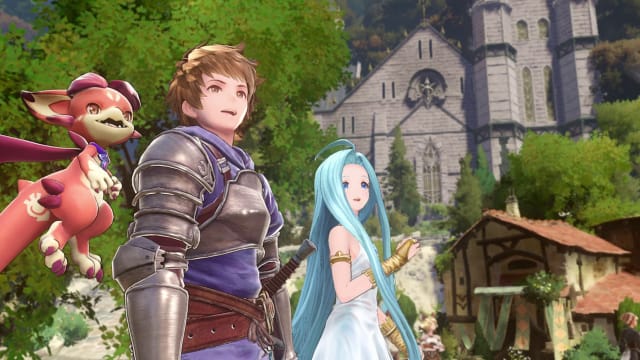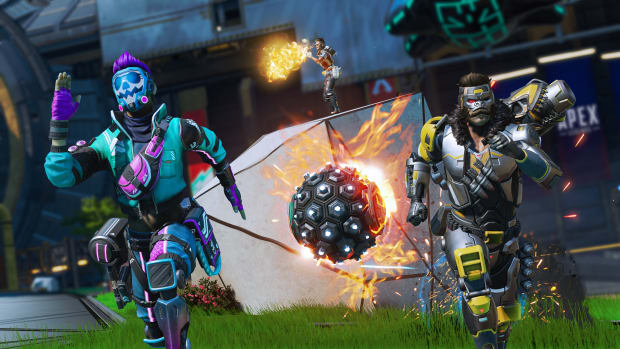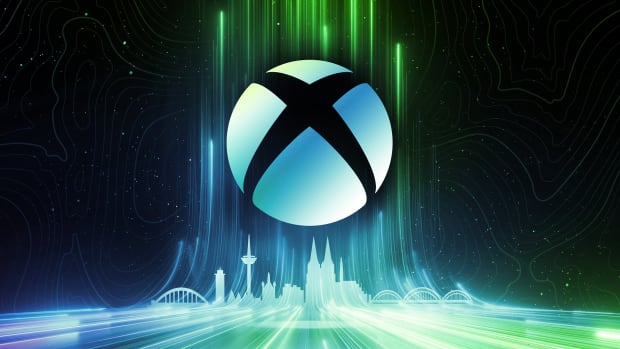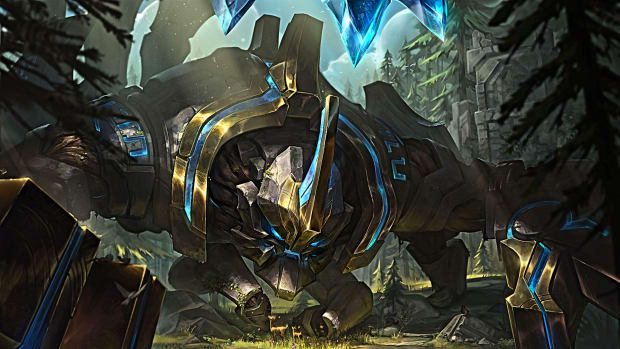Granblue Fantasy Relink review: A great JRPG that’s too short, even with filler
The world of Granblue Fantasy has always deserved a big-budget RPG. It’s one of the most beloved gacha franchises, and has a shockingly intricate and detailed world, considering this is the first time we can actually explore it in 3D since the original game launched nearly ten years ago. Granblue Fantasy is set among the clouds, with traditional kingdoms replaced by Skydoms – giant floating islands that feature vast deserts, tangled jungles, and gorgeous cities.
Environment artists must’ve slaved over this game. Gazing upwards in any of the game’s towns reveals tall buildings, detailed reliefs on the face of each. On the ground, market stalls and cafe fronts are dense with details, more than is reasonable to take in. Granblue Fantasy: Relink’s cel-shaded art style and intricate environments make it stand out from the crowd, and its battle system isn’t anything to sneeze at either, thanks to more than a dozen playable characters, each with their own abilities. A shame it just doesn’t last long enough.
Relink takes place part way through the Granblue Fantasy storyline, where the crew is once again sailing the skies for the next adventure before our bestie Lyria gets kidnapped by a powerful new group of foes. I won’t say that I was expecting an Odyssey, but being able to march through the game’s main story in around 15 hours – including all available side quests – was a bit surprising. Major antagonists get built up and brought down in a flash, and there’s no real variation between chapters. You bomb through a linear corridor while taking down foes, and beat up a big boss – or several – near the end. One instance where you control a mech was silly and brilliant, but it only happens once.
Bombing down those corridors feels pretty great, though, as GBR’s action combat is seamless and incredibly flashy. Once you unlock base abilities like Perfect Dodge it ends up feeling good and responsive, even if gangs of foes pull out their unblockable red attack a bit too often. Chaining together skills with aerial combos and using each character’s unique gimmick – like power stockpiling, charged attacks, or minions – feels great once you get the hang of it. But then it’s over.
To stretch things out, you won’t actually gain enough experience to level up quickly if you dedicate yourself to the main story. You’ll have to complete side quests and additional quests from the Quest Counter. The Quest Counter missions aren’t called side quests, and that’s because they’re as good as necessary. They’re mostly over in just a few minutes and don’t pose too much of a threat, but they often reuse areas and even bosses multiple times – I fought one giant ice wolf thing at least three times, with minor variations on attack patterns.
It’s a bit like Final Fantasy 7: Crisis Core, in that way, but what you might not expect is that the Quest Counter will become your main focus. Once the main story and epilogue chapter is complete, the Quest Counter will keep getting populated with new and increasingly difficult quests, which you’re encouraged to tackle with online co-op. The most difficult quests require careful min-maxing of your party’s equipment and skills, and that’s where the gacha influence of the original mobile game starts to become obvious.
You’ll constantly be collecting items from chests and completing quests, but most of these are nonsense. A Fortitude Shard, Tempestone, Standard Refinium, Prism Chips? They have played us for absolute fools. All of these items feed back into an upgrade system, where you level up a weapon, unlock its level cap, level it up further, perhaps combine it with a different item, uncap it again, and so on. Sigils are a similar story: they give you minor buffs when equipped, and can also be upgraded in exchange for a laundry list of nonsense items. You will never look into your Inventory in this game, it’s just for your upgrade guff.
What we have here, when we get to the endgame, is a Monster Hunter-lite experience where you repeat the process of gathering materials, upgrading equipment, and taking on tougher challenges. You’d be forgiven for not even knowing the game had co-op, because it can only be used with Quest Counter missions.
It’s put me in a weird spot. Granblue Fantasy: Relink is a gorgeous JRPG featuring a cast of characters I recognize and quite like (thanks to the Arc System Works fighting game), but the story might as well be absent, the missions are over all too soon, and I’d rather play actual Monster Hunter than the endgame that’s present here. The character diversity means that some players are going to be happily stuck in a grind and upgrade loop as they max out the whole cast, but that’s not for me.
Granblue Fantasy: Relink is brilliant, while it lasts. Part of me appreciates a shorter JRPG story instead of a 60-hour marathon, but there’s just not enough build and intrigue to make me care, and if you aren’t familiar with the cast ahead of time, you won’t be made to care about any of them either. It was fun while it lasted, but I’m both glad it’s done and sad it’s over. At least those cities look really nice.
Score: 7/10
- Presentation: 9/10
- Story: 6/10
- Gameplay: 8/10
- Music: 7/10
Version tested: PS5
Granblue Fantasy: Relink technical performance
Granblue Fantasy: Relink is a genuinely beautiful game, and cutscenes with thick shadows and detailed lighting are best-in-class when it comes to this artstyle. On PS5 you’re not likely to ever see it drop below 60fps.







